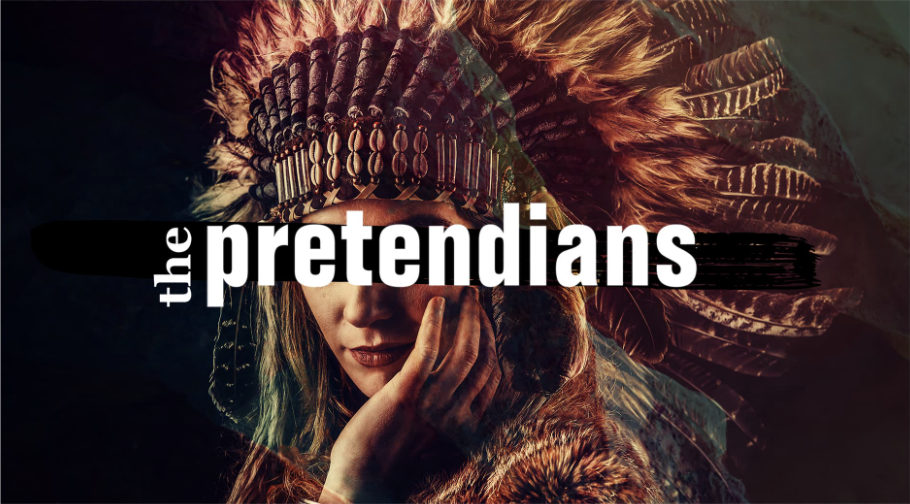The research article Digital Technology in Education in Remote First Nations Beaton and Carpenter (2016) “explores how community members living in remote First Nations in Northwestern Ontario are using digital technologies for informal and formal learning experiences” (p. 42) through a settler colonial lens. The article discusses how technology is a double-edged sword, as technology can be used as a tool to maintain and uphold colonial structures. For example, the article discusses how many Indigenous languages are endangered, yet technology and the internet are presented through a lens of Western culture and the English language. This results in Indigenous people further immersing themselves in Western culture, distancing themselves from traditional languages and knowledge. On the other hand, the article highlights the importance of providing Indigenous people with access to finding local Indigenous resources that are specific to their communities. Many Indigenous communities use technology to protect and preserve Indigenous languages (p. 45).
This article provides a direct connection to my research paper, as it provides in-depth background information analyzing how technology is used to uphold colonization as well as how technology can be used to support decolonization work.
References
Beaton, B., & Carpenter, P. (2016). Digital Technology Innovations in Education in Remote First Nations. In Education, 22(1), 42–60. https://doi.org/10.37119/ojs2016.v22i1.266




